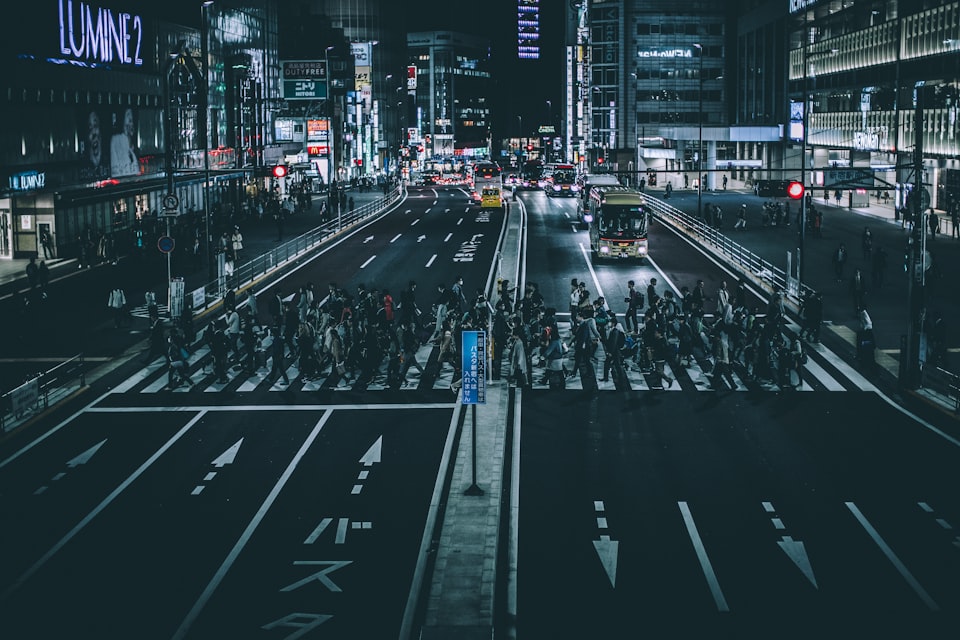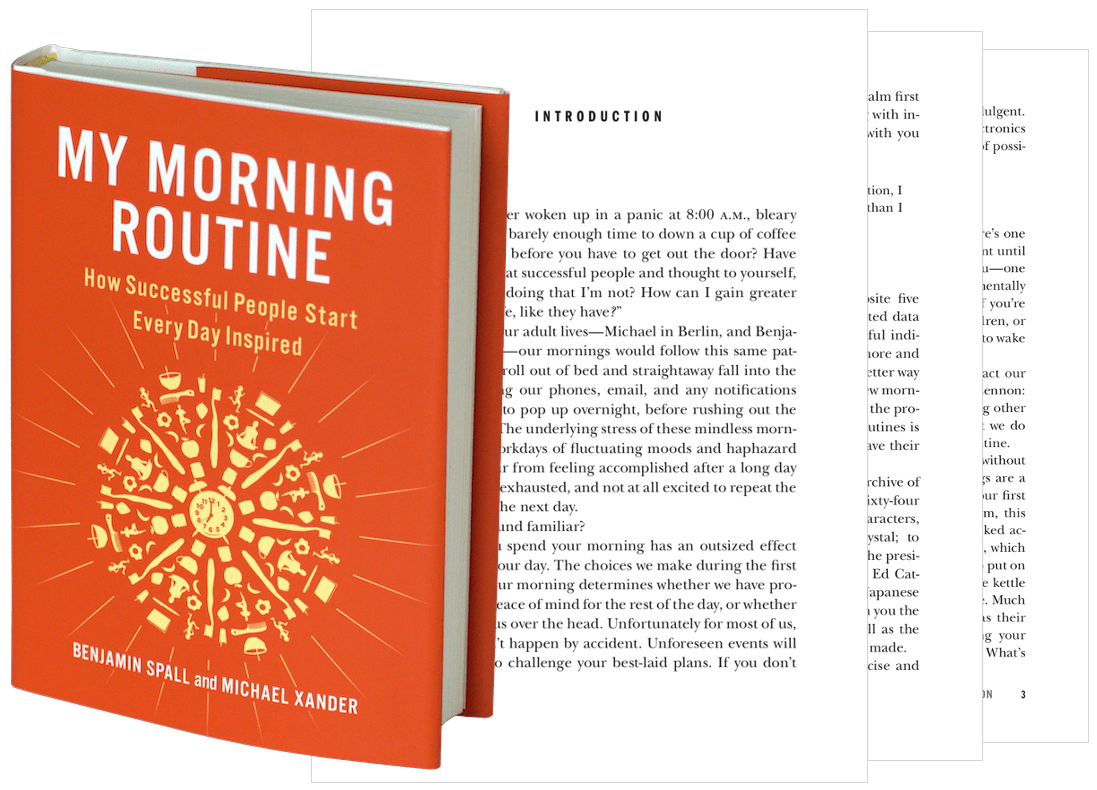How Diffusion of Responsibility Alters Group Psychology

Diffusion of responsibility is a sociopsychological event in which the presence of others makes it less likely for others to take responsibility for the situation at hand.
In this article, I’m going to look at diffusion of responsibility psychology, digging into how this theory came to be, honing in on a number of examples of how it plays out in real life, and uncovering how it helps to explain one of the most shocking murders in modern American history.
What is Diffusion of Responsibility Psychology?
Similar to the bystander effect, which occurs “when the presence of more witnesses to a crime, accident, or other event decreases the chances of any one of these witnesses coming forward to help,” diffusion of responsibility psychology states that the presence of others leads individuals to assume that other people have already taken steps to fix the issue at hand, or will soon do so.
Research Into Diffusion of Responsibility Theory
The most well-known research into diffusion of responsibility theory comes from social psychologists Bibb Latané and John Darley.
In 1968, Latané and Darley published a study on diffusion of responsibility in emergency situations. The study described an experiment in which the pair asked participants to take part in a group discussion over an intercom. Seated in separate rooms, participants were played a pre-recording in which one of the participants appeared to begin to have a seizure.
While some of the participants were led to believe that they were in a discussion (albeit in separate rooms) with five other people, others were told they were in a discussion with just one other person. For the latter group, 85 percent of them went to get help when they believed the person they were talking to was having a seizure, and a full 100 percent reported the incident after the experiment had ended. For the first group, however, just 31 percent of participants went to get help, and only 62 percent reported it after the experiment ended.
Latané and Darley chalked this stark difference in rates of the incident being reported down to diffusion of responsibility: Participants were less likely to call for help—remember that as far as they knew, they could have saved the life of the individual who they were being made to believe was having a seizure—when there were other people present whom, logic dictates, could also call for help.
The study itself had been in part commissioned to gain a better understanding of how diffusion of responsibility has played an instrumental role in the rape and murder of Catherine “Kitty” Genovese in New York City in 1964.
Diffusion of Responsibility Examples
Examples of diffusion of responsibility theory in action include everything from doing nothing when you witness someone fall over on the sidewalk and cry out in pain, to the genocide of European Jews by Nazi Germany and its collaborators during World War II.
As that last example suggests, diffusion of responsibility is not an adequate defense against either committing a crime or being witness to one and not coming forward.
Here are some diffusion of responsibility examples:
- After a woman collapses on the sidewalk and cries out in pain, you feel little personal responsibility to help her because there are other individuals around her who, you tell yourself, are better positioned to help.
- You notice large quantities of black smoke coming out of a building as you drive by on the highway. It would be inconvenient to stop, so you drive on, assuming the next person to drive by will call the fire department instead.
- An example of diffusion of responsibility in the workplace is witnessing racist, sexist, or otherwise inappropriate behavior coming from one employee toward another and not reporting it because you believe it’s not your place to speak up.
- You notice fraudulent behavior in your company; money is going missing or customers are being cheated out of what they’re owed, but you decide not to report it because everyone else at the company seems to be in on it.
- The former Nazi soldier who claims at the Nuremberg Trials that they were “only following orders” when they took the lives of European Jews during the Holocaust.
How to Prevent Diffusion of Responsibility
Preventing diffusion of responsibility in your day-to-day life is similar to avoiding becoming a passive bystander.
Head on over to my article on how to prevent the bystander effect to learn how to avoid diffusion of responsibility creeping into your life, and the lives of your friends and family members.
If you’re interested in hearing more from me, be sure to subscribe to my free email newsletter, and if you enjoyed this article, please share it on social media, link to it from your website, or bookmark it so you can come back to it often. ∎




